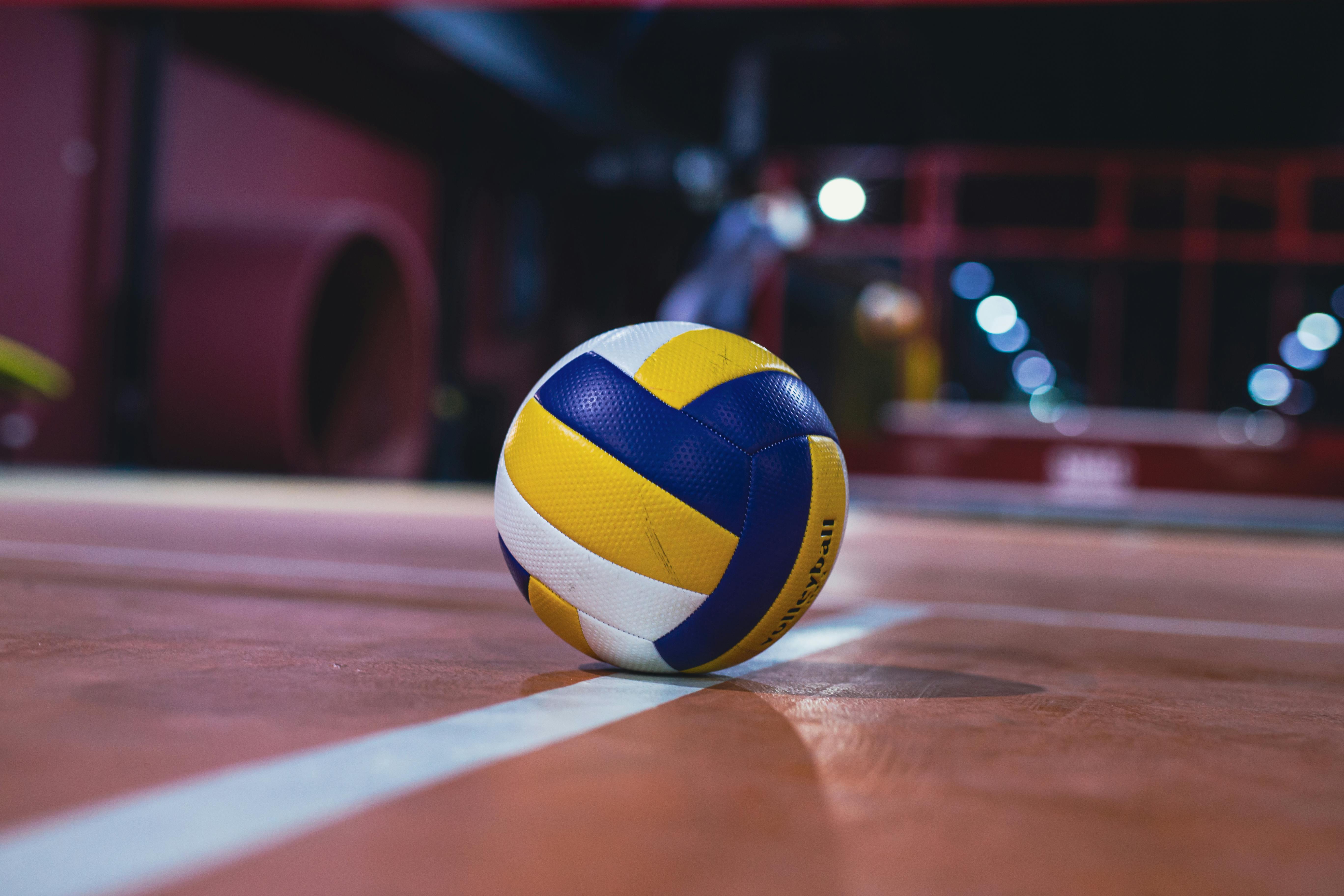
How to Design Sport-Specific Fitness Plans for Competitive Edge
Building a fitness plan tailored to your sport gives you the edge you need to excel. When you align your workouts with the unique movements and demands of your game, each training session becomes more effective and purposeful. The top performers in any discipline don’t simply put in endless hours at the gym—they focus on exercises that target their sport’s challenges. A thoughtful approach to training addresses the skills and strengths that matter most on the field or court, preparing you to face real competition with confidence. By focusing on your sport’s requirements, you boost both your readiness and your results.
When you start planning with a clear plan in mind, you lay a solid foundation that helps you improve quickly. Designing workout routines based on specific skills and movements can boost your confidence and performance on game day. Looking at real-life examples, such as the routines athletes at *Nike* or *Under Armour* use, can show you the benefits of sport-specific fitness plans.
Understanding what your sport requires
Before creating a tailored plan, it’s important to analyze what your sport demands. Each sport features unique movement patterns, physical requirements, and energy systems. For example, a basketball player works on agility, explosive movements, and stamina, while a soccer player emphasizes quick sprints, balance, and endurance.
Breaking down your sport’s requirements into key performance areas helps you focus on the aspects needing the most attention. Think of it as tuning an instrument—everything must work together smoothly. Watching your gameplay and noting when fatigue sets in or when precision drops can give you useful clues about where to improve.
Core parts of sport-specific fitness routines
A successful plan combines different fitness elements suited to your sport’s activity profile. The plan usually mixes strength training, agility drills, and conditioning exercises. The goal is to create balance so each session matches the demands of competition while building physical resilience.
Adding different components like power, endurance, flexibility, and recovery sessions can set you apart. Customizing these parts helps you focus on specific muscles and energy systems. Breaking your training into parts—separating strength work from speed work—can help fix weaknesses. Examples like the periodization models used by top sports academies can inspire you as you design your program.
Step-by-step process for designing your plan
Creating your fitness plan begins with clear and measurable goals. Organizing your approach step-by-step ensures you focus on the right exercises and continually improve your performance. Set realistic objectives that build on your current skills and push you toward new achievements.
Follow these steps to customize your routine:
- Set your sport-specific goals. Decide if you want to increase speed, build strength, improve coordination, or boost endurance.
- Break down your sport's main performance factors. List the movements and energy systems involved and match them with the corresponding fitness elements in your plan.
- Choose exercises that simulate game situations. Pick drills that imitate competition to help your muscles and nerves learn the right patterns.
- Plan a balanced weekly schedule. Alternate between high-intensity workouts and recovery days to maximize gains and prevent injuries.
- Track your progress and adjust your workouts as needed. Keep records of personal bests, timing, and perceived effort to see how you improve.
- Work with coaches or use smart tech tools to fine-tune your plan. Feedback is vital; performance-tracking devices can identify areas for improvement.
Each step builds on the last, bringing you closer to an efficient and effective training routine. Maintaining a detailed log and reviewing your goals every few weeks can help keep your plan aligned with your developing skills and your sport’s needs.
Common pitfalls and how to prevent them
As you develop your plan, you might encounter mistakes that slow your progress. The process requires careful planning and regular adjustments. Learning from common errors can save you time and prevent burnout.
- Failing to include proper warm-ups and cool-downs can cause injuries. Spend time stretching and doing light runs before and after each workout.
- Focusing too much on one aspect of fitness can cause imbalances. Make sure to train all relevant parts like strength, coordination, and endurance.
- Not giving enough time for recovery can hurt your performance. Listen to your body and include rest days to keep your muscles, tendons, and nerves healthy.
- Neglecting proper technique may lead to repetitive strain. Practice your sport-specific movements with correct form to avoid injuries.
The key is to adopt a mindset where you expect to make adjustments as you discover what works best. A balanced routine with attention to detail will help you overcome rough patches and support steady improvement.
Monitoring progress and making changes over time
Once you begin your training, tracking your progress provides insights into what works and what needs more focus. Use performance logs, journals, or fitness apps to record workouts, note improvements, and identify plateaus early. Regular check-ins help you see if your plan adapts to your changing performance.
Review your goals periodically, and modify your workouts when you notice changes in your strength or endurance. Try adding new drills or cross-training activities to keep your routine fresh and your body challenged. Small adjustments to your plan can lead to noticeable improvements, helping you stay competitive in your sport.
In conclusion, following a sport-specific fitness routine helps you stay ahead. Keep your plan up-to-date, track your progress, and adjust as you learn more about your strengths and weaknesses. Enjoy refining your performance and watch your athletic skills improve with each focused session.
Follow a plan designed for your sport, challenge yourself, and pay attention to your body as you progress.